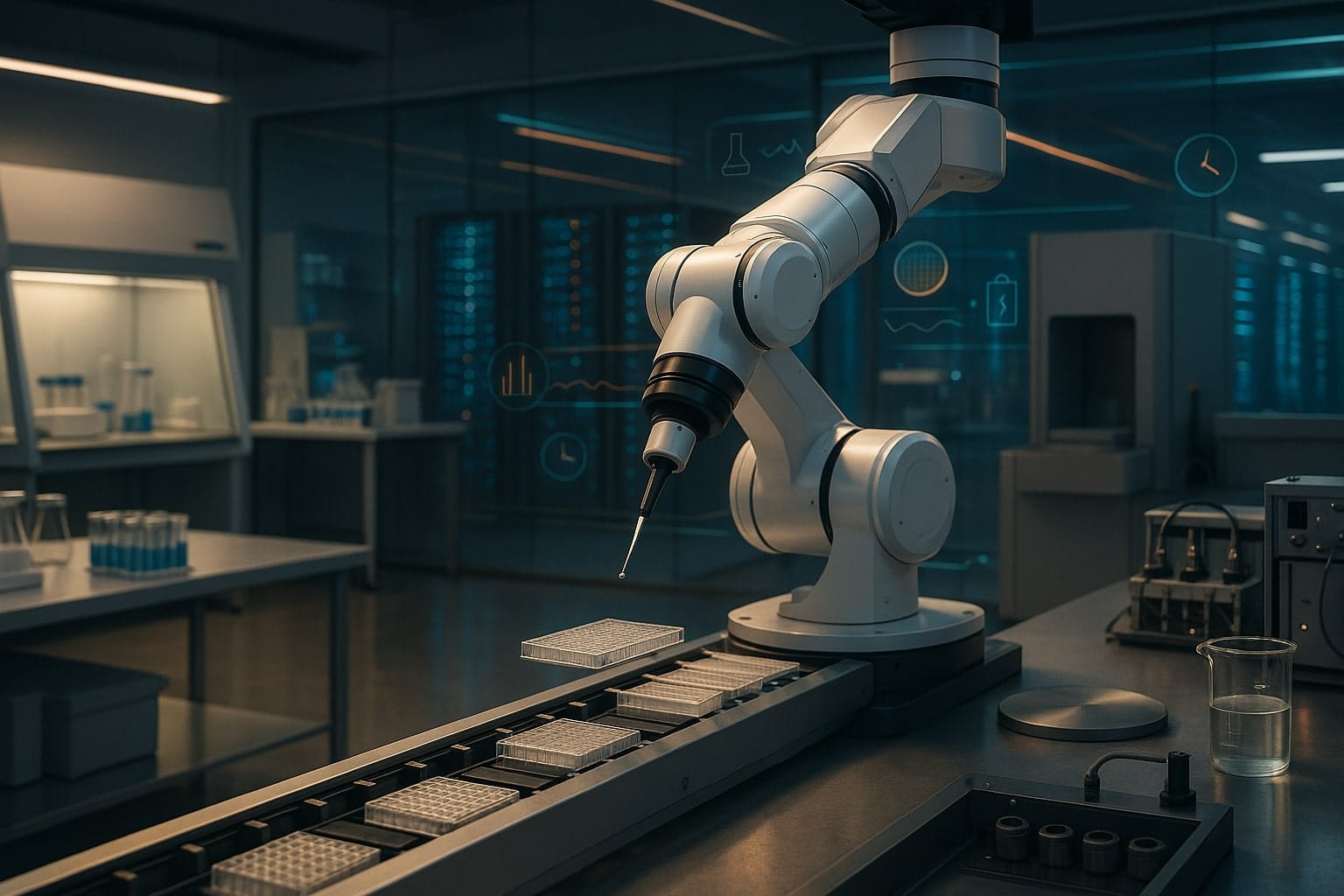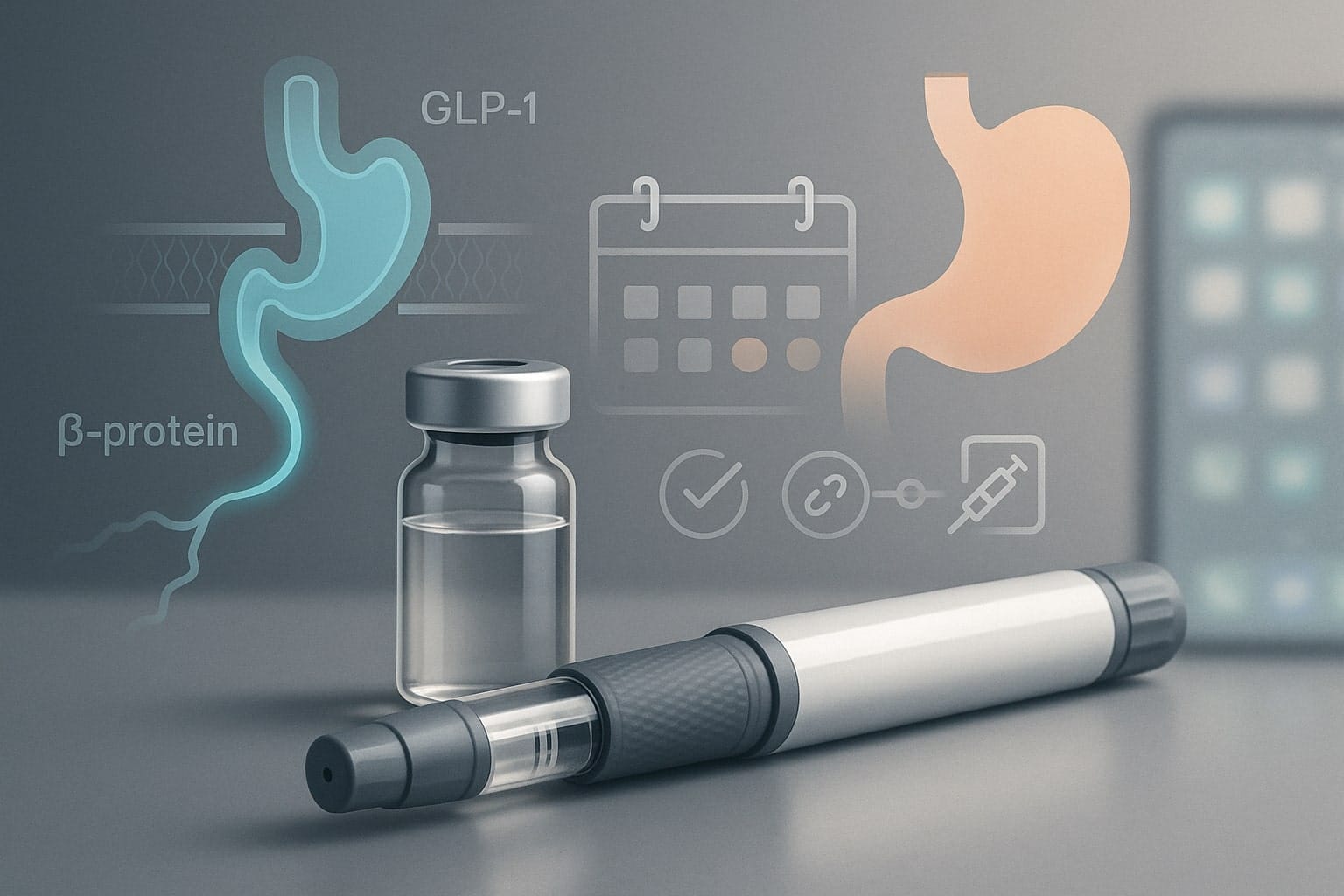Microcapillary technology, particularly light-based microcapillary monitoring, represents a significant advancement in biotechnology. These microcapillaries, with apertures ranging from 0.1 mm to as small as 10 nanometers, are used for highly precise tasks across multiple fields. Traditionally, microcapillaries are used in applications like injecting sperm into eggs during in vitro fertilization (IVF) or penetrating cell membranes to study cellular mechanisms. However, advancements in light-based monitoring have improved their precision, making them invaluable in biotechnology and related fields such as 3D printing and electroplating.
Table of Contents
ToggleCore Concepts of Microcapillary Monitoring
The primary innovation in light-based microcapillary technology lies in its ability to visualize delicate interactions at the nanoscale. In the past, contact detection was performed using optical microscopes, but this method had limitations due to diffraction, which affected the precision of contact measurements. The new method uses light projected through a microcapillary tube, where changes in light behavior signal when the microcapillary tip touches an object. When no contact is made, scattered light is visible. As soon as contact occurs, the light transmission changes, offering immediate and accurate detection. This method surpasses the resolution limits of traditional optical microscopes and is not limited by material properties such as conductivity, making it widely applicable across diverse fields.
Key Applications in Biotechnology
Microcapillary technology has numerous applications in biotechnology, with one of its most critical uses being cellular manipulation. For example, during IVF, microcapillaries inject sperm into eggs, ensuring precision in reproductive medicine. Another key application is in nanoscale drug delivery, where microcapillaries deliver precise doses of drugs directly into cells, enhancing the efficiency of treatments while minimizing damage to surrounding tissues. Additionally, these microcapillaries are vital in diagnostics, where they can penetrate cell membranes to study diseases at a molecular level.
Light-based microcapillaries are also playing a significant role in advanced 3D printing for tissue engineering, allowing the creation of ultra-fine biological structures. This technology is paving the way for innovations in regenerative medicine, where precisely printed biological tissues and organs could be used for transplants and medical research.
Broader Impacts and Future Prospects
The implications of light-based microcapillary technology extend beyond its immediate applications in biotechnology. This technology is already showing promise in industries like electronics, microelectronics, and materials science. For instance, it is revolutionizing 3D printing by enabling the creation of nanoscale structures with unprecedented precision, which is essential in developing next-generation electronics, such as displays and sensors.
In the biomedical field, this innovation opens new doors for tissue engineering and regenerative medicine. By utilizing microcapillaries in conjunction with advanced 3D printing, researchers can construct delicate, biologically accurate structures like tissue scaffolds. These structures have significant potential in organ-on-a-chip technology, which mimics the physiological behavior of human organs and tissues, enabling more accurate drug testing and disease modeling.
The simplicity and versatility of the light-based detection system make it highly adaptable, allowing for easy integration into existing technologies across different sectors. This adaptability will likely drive further innovation, particularly in personalized medicine, where precise biological manipulation at the cellular level is crucial.
Conclusion
Light-based microcapillary monitoring technology represents a significant breakthrough in both biotechnology and nanoscale manufacturing. Its unique ability to precisely monitor and manipulate objects at the nanoscale makes it indispensable in applications like cellular manipulation, nanoscale 3D printing, and advanced diagnostics. As research continues, we can expect further applications across industries, including medical diagnostics, electronics, and beyond. The potential for this technology to influence regenerative medicine and tissue engineering is especially promising, marking a new era for biotechnological advancements.
In conclusion, the integration of this cutting-edge technology will likely reshape various fields, offering more precise tools for researchers and industries that rely on high-resolution, nanoscale operations.













